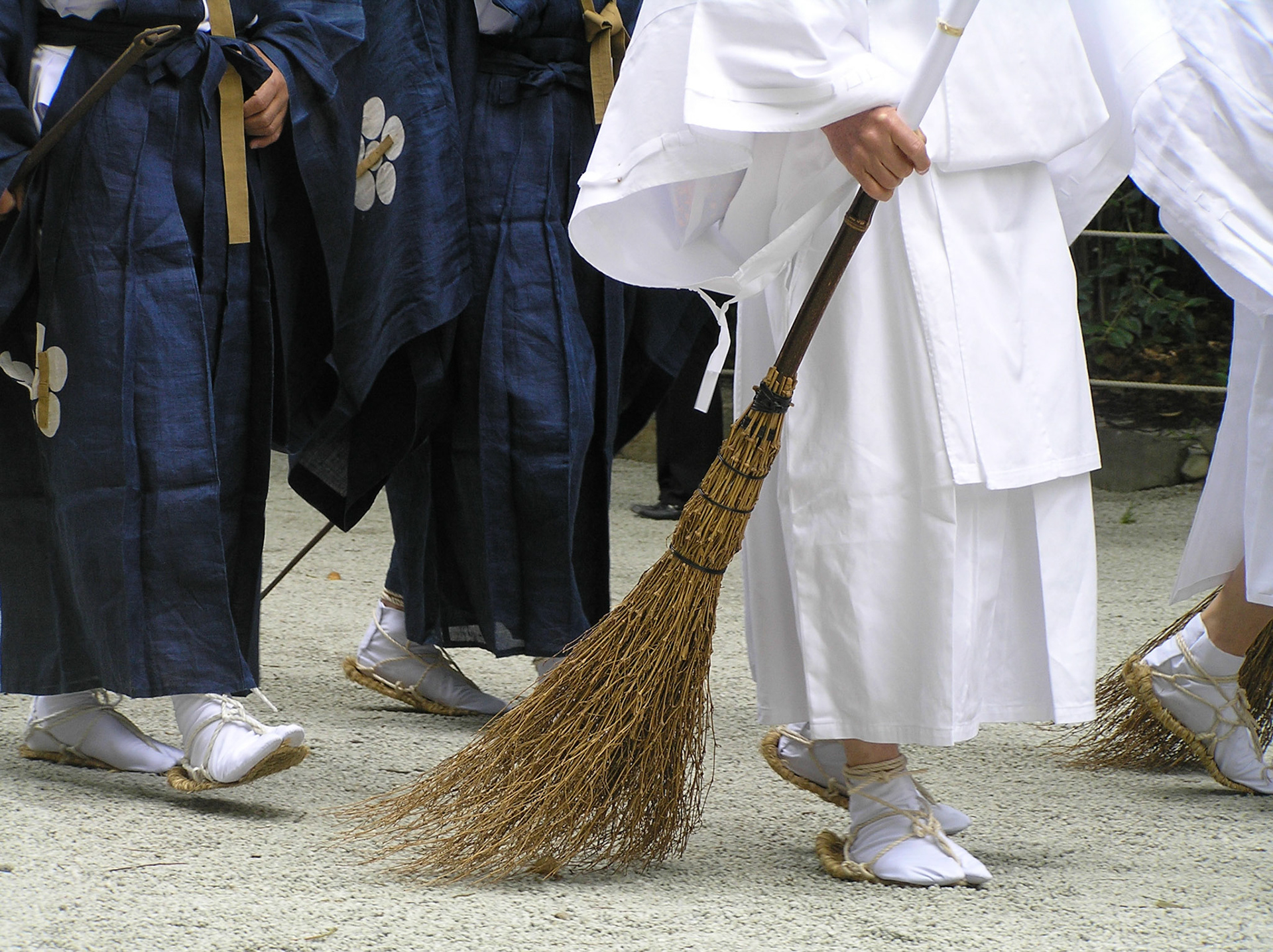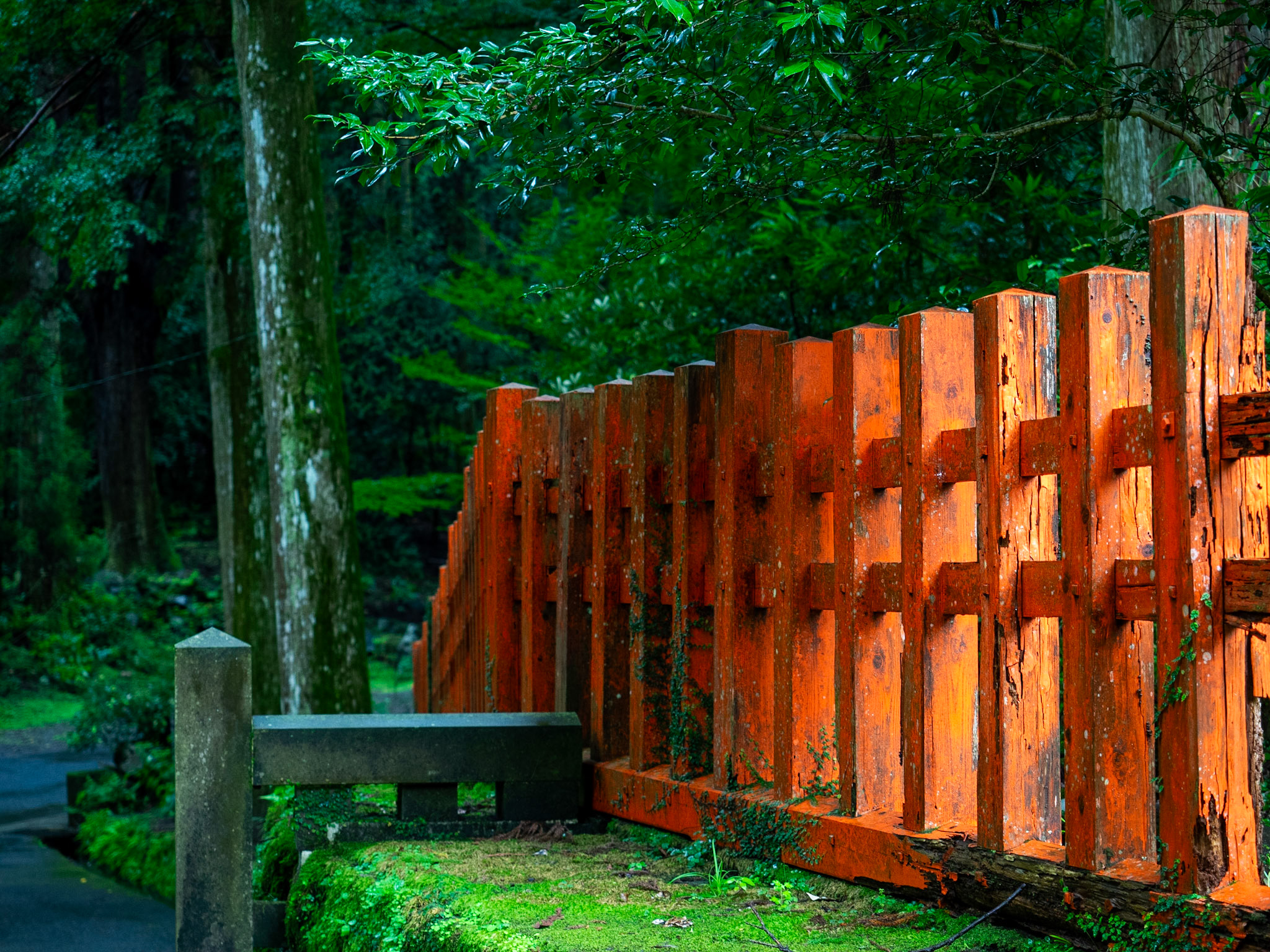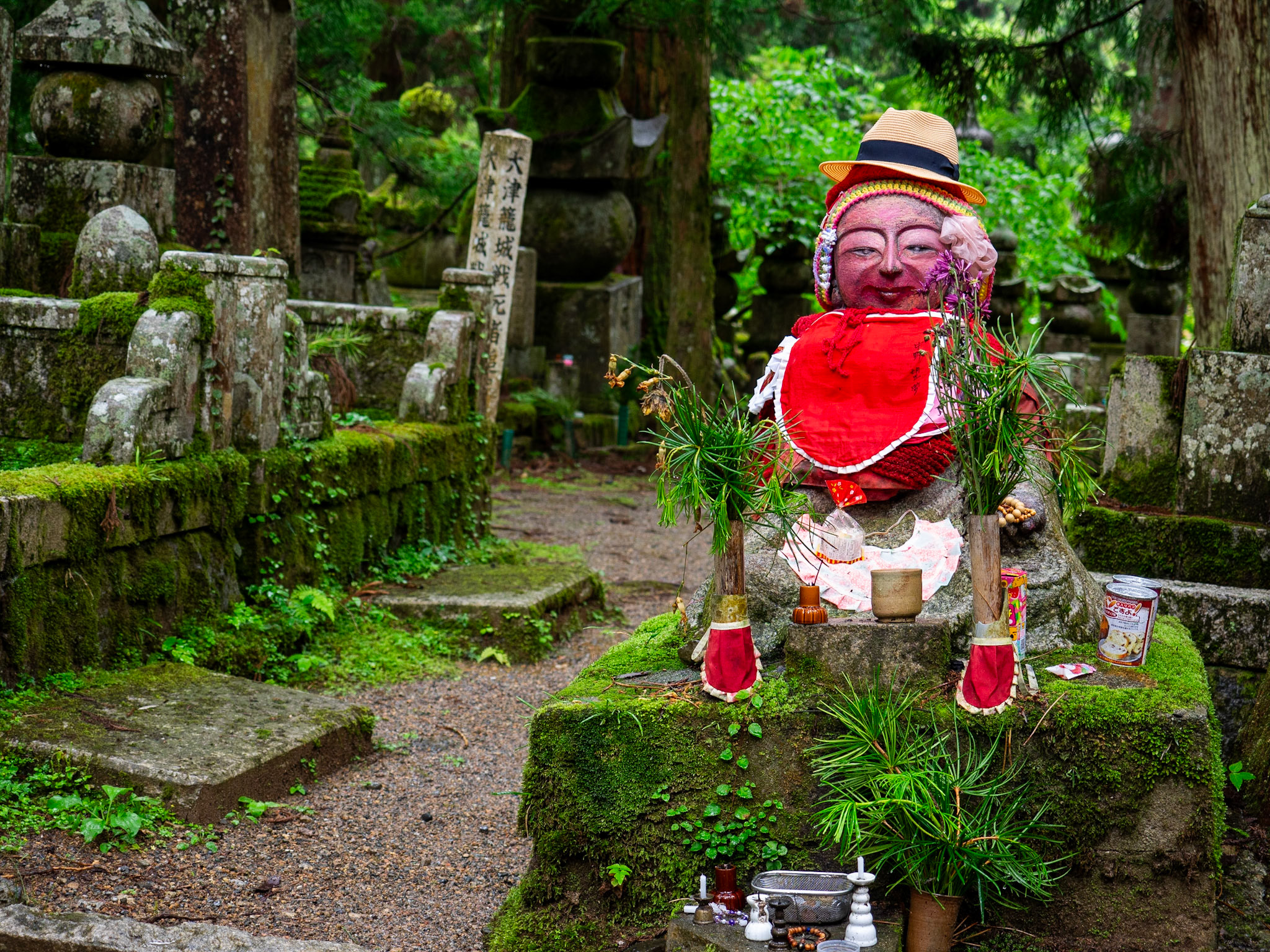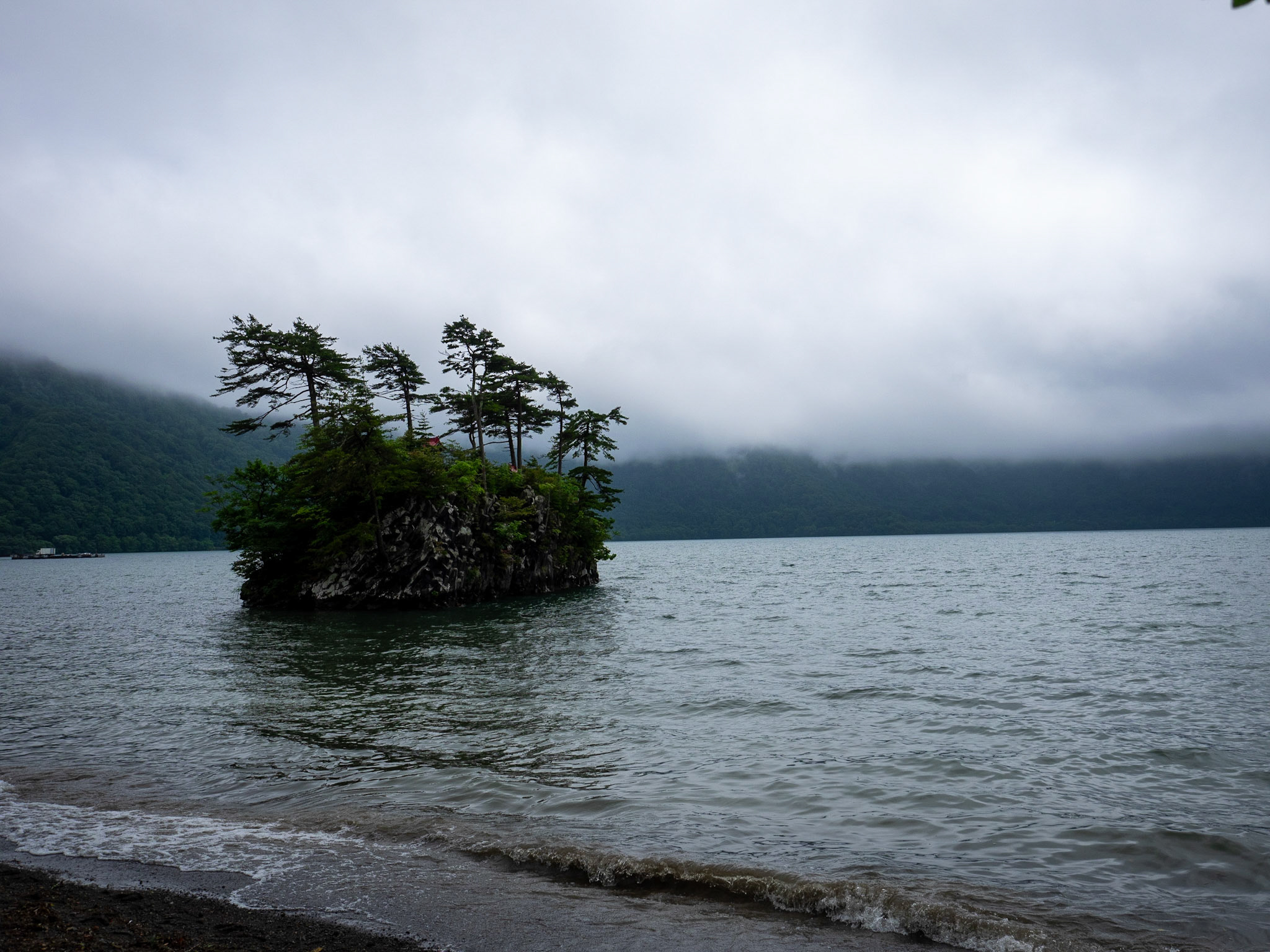Divine Stationmaster Tama Museum Train, Wakayama
Some general observations and tips about traveling in Japan.
Note that these are based on two 2 month trips in 2023 & 2024 during the Japanese summer.
Travelling Around
Driving
This is surprisingly easy, especially if you are used to right-hand drive cars. It's also a very normal thing for Japanese tourists to do - catch a train to your general destination, then hire a car from the plethora of outlets surrounding the station. It is worth booking a car well ahead though, particularly for smaller, or very popular destinations.
Japanese roads, especially in the mountains or by the coast are spectacularly scenic. And you're free to take any byways you choose. Though this does mean that distances, not far by Australian standards, need to be balanced with the time to make all these stops. Particularly in provincial areas where buses run infrequently a car is a great way to combine sights, take you to a walking trail, or undertake a coast to coast trip. There is no problem or surcharge for dropping a car off at a different location so long as it's generally in the same province, or in the case of Kyushu, island.
Navigation
There are plenty of English language signs, but it's not a good idea to rely on them alone. In the country side there are multiple different routes from A to B, and without a GPS you might find yourself traveling in needless circles, while still supposedly following the correct signs.
Mapcodes: these are your navigational essential. Japan doesn't use the usual coordinates, it has it's own system called Mapcodes. These are a string of numbers, followed by an * then two more numbers. The two digits after the * are for precision location - and you'll need them, particularly if you're looking for a parking lot (recommended) rather than the actual point of interest, or a hotel or ryokan.
The good thing is that all the hire car GPS units we encountered had English speaking as an easy function. The bad news is that searching for a map code, or a place by name, or any other way, on these GPS units is well nigh impossible.
The trick is to use a web or app on your phone or device to find the Mapcode you want, then just punch the numbers into the GPS. We found this fool proof. It may help to use Google Maps first - the satellite view is good for finding car parks for example - before searching in the Mapcode app. It also gives you a quick check that the place you want to visit is just that, and not a similarly named place 200 kms away.
Navibridge was an app that worked successfully for us.
A last hint is to check that your car's GPS does input those vital last 2 digits after the *. One car we almost got didn't support this level of precision, which was vital to navigate one way streets near Hakata Station to drop the vehicle off.
Which reminds me - many hire car companies have multiple branches in any location. So select pick up and drop off locations that suit you.
Road Rules & Courtesy
There is a preconception that Japanese people are totally law abiding. This does not apply to speed limits.
Outside the major cities it's absolutely normal for everyone to travel about 10 kmh above the posted speed limit. On major roads it's more like 15 to 20 kmh above. And on tollways almost anything goes. It's also quite noticeable that entering a road tunnel, and Japan has heaps of these, is a signal for everyone to speed up - even that slow pensioner you passed a while back will suddenly zoom past at 110 kmh if the tunnel is long enough.
I do not advocate breaking the speed limit by the way - this is just an observation of how the traffic behaves.
Courtesy is a big thing for all road users - pedestrians have absolute right of way, even outside pedestrian crossings, tailgating is unknown, with large distances left between cars both while traveling, and when pulling up at traffic lights, and people regularly pause or brake to let other vehicles in.
Note that Japanese drivers indicate "thank you" by flashing their hazard lights 2 or 3 times. It's good manners to reciprocate.
Parking
On the other hand parking rules are ruthlessly enforced in cities and towns. The norm for parking, and the required way in many situations, is to reverse park into your narrow parking bay, so your car is pointing out on departure. Don't stress if this takes quite a few manoeuvres - it does for some Japanese drivers too, and they are invariably extremely patient and polite.
For some unknown reason, parking in kombini parking lots (eg Lawsons, 7-11s, etc) is the opposite. Everyone just drives nose first into the parking bays.
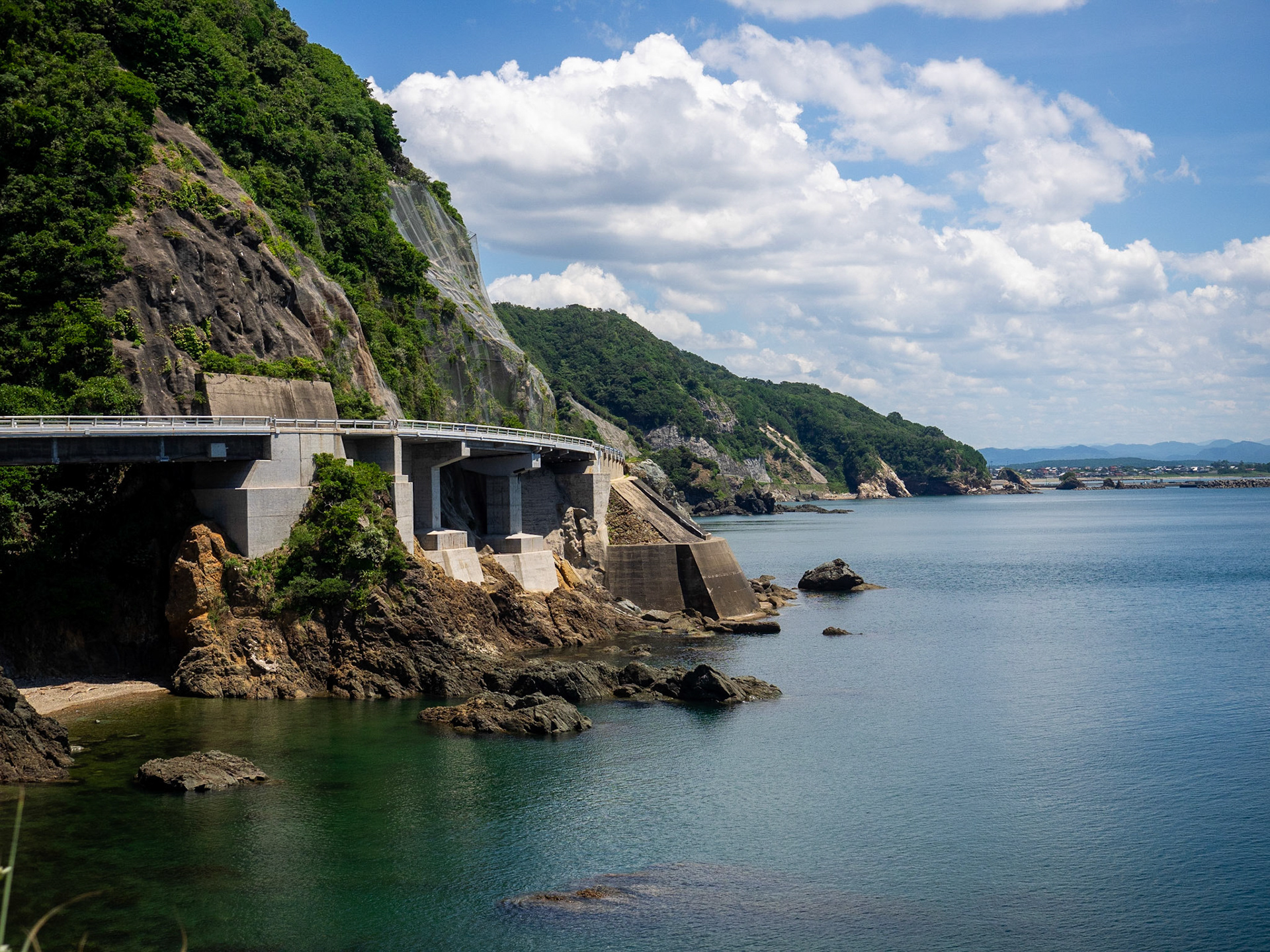
Coast Road, Shimane Penninsula
Trains
The traditional Japan Rail Pass is undergoing significant price increases as of September 2023. To the extent that it will be a doubtful proposition for many visitors to Japan. However trains will still remain a great way to travel in Japan, not to mention the environmental costs of taking internal air flights.
Plus you get the joy of eating ekibens, drinking beer, sake or whatever odd Japanese beverage you choose, and the sights of Japanese train station culture.
Shinkansen vs Other Trains
Shinkansens are efficient & fast. They get you there. On the other hand Shinkansen tracks go through a lot of tunnels. And long sections where any view is obstructed by barriers along the track. Trains that take other lines might be slower, but they're still very comfortable, and they can have magnificent scenery.
Two recommended long distance options would be the Hida Wide View trains between Nagoya, Takayama, and Toyama (en route to Kanazawa), and the trains between Okayama and Matsue, across the breadth of southern Honshu.
it may well be more enjoyable to take a couple of round about limited express trains on non shinkansen lines, than taking the quicker but more boring shinkansen options. Although very local trains can take hours longer, and are less comfortable.
Special trains, tourist trains, or, as Japan East calls them, "Joyful Trains" are an absolute highlight, and worth working into any itinerary. Those with booked seats can sell out fast, especially on weekends when most locals travel.
All train tickets can be booked 30 days in advance. Which leads to...
Book online
Think seriously about booking your train tickets online. The queues at JR Tourist offices to make bookings and to collect tickets are uniformly massive. One to two hours waiting seems normal. Whereas, depending on how you go about it, online bookings mean you can skip this, and either use electronic tickets, or collect your paper tickets at the automatic ticket machines.
With the changes to the JR Pass mentioned above I won't go into more detail as things are changing for each JR Regional network and how they go about this, be it for their own, much cheaper, Regional Rail passes, or for buying specific tickets. But all are pretty straightforward to use.
Before Boarding
Stock up on ekibens - the train based bento boxes - at the station. Shops selling these are invariably in the station building but often before the entrance gates. It might take a bit to find them, rather than the plethora of shops & stalls selling souvenir snacks, sweets & chocolates which occupy the prime real estate.
Drinks can usually wait until after the gates, even beer & sake is available on the platform kombini's at major stations. And, yes, it's normal to drink alcohol on any long distance Japanese train.
Any drink & snack carts actually on trains are being phased out - don't count on them.
Delays & Disruptions
Despite their reputation, Japanese trains can be delayed or cancelled. Invariably due to weather events. As an example, during two months we had trains cancelled due to floods in Akita, and there were two typhoon-related shinkansen stoppages for a day or two each, in Kyushu & Honshu. The media might only give a days warning, if that, so keep an eye on conditions. The various rail company websites have regularly updated info on this.
Station Navigation
Outside of Tokyo all train stations are pretty easy to navigate around. The main trick is to work out which direction your preferred exit is in, and there will invariably be English signs for it. Subways are similar, with Google Maps usually giving you an Exit to take, eg 'Exit 4'. Knowing the end station of a local train line, or a subway line is really useful for finding the correct platform when catching a train.
Of course in the megalopolis that is Tokyo or Ueno stations, where you have local trains, express trains & shinkansen, plus various intersecting subway connections, prepare to get lost. If you're planning on returning to that station it's a good idea to look around and note the Entrance designation you're using, eg 'C4' - this gives you have a chance of exiting at the right spot on your return.

Ekiben
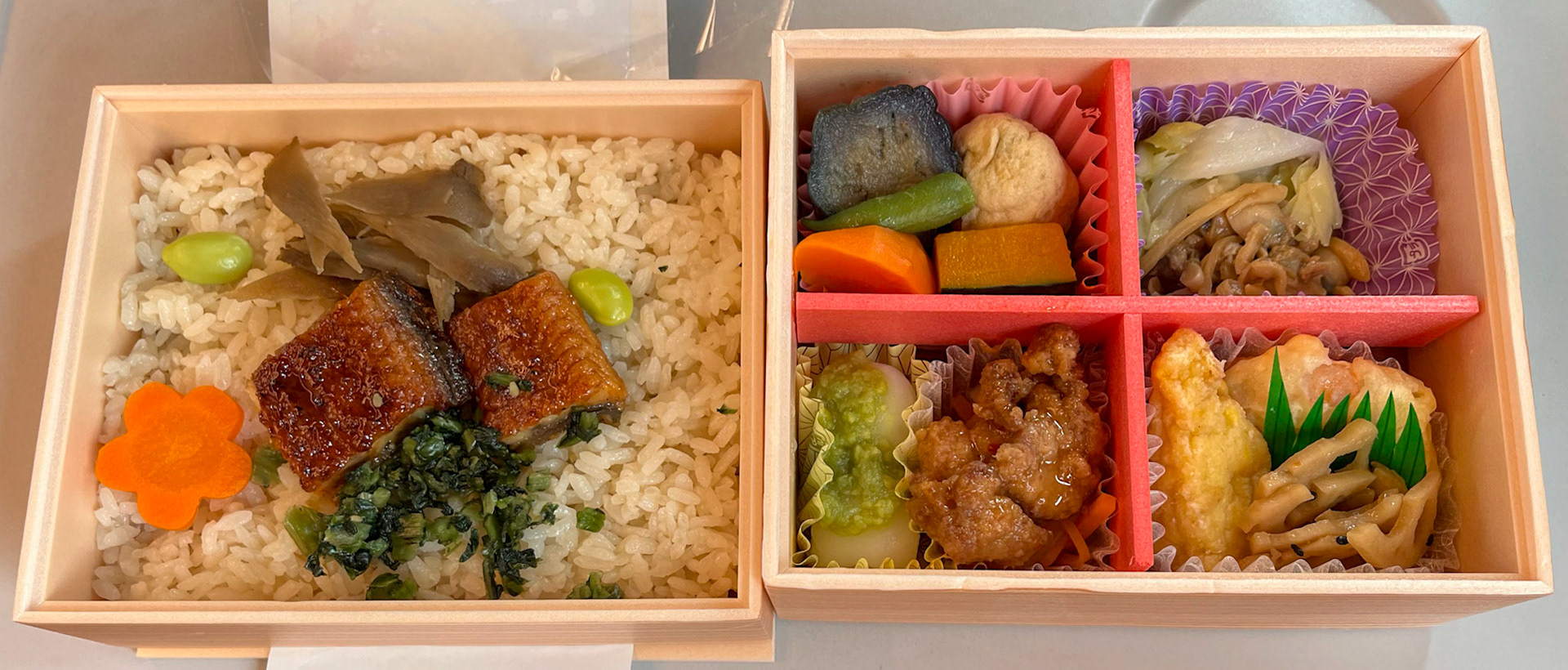
Ekiben
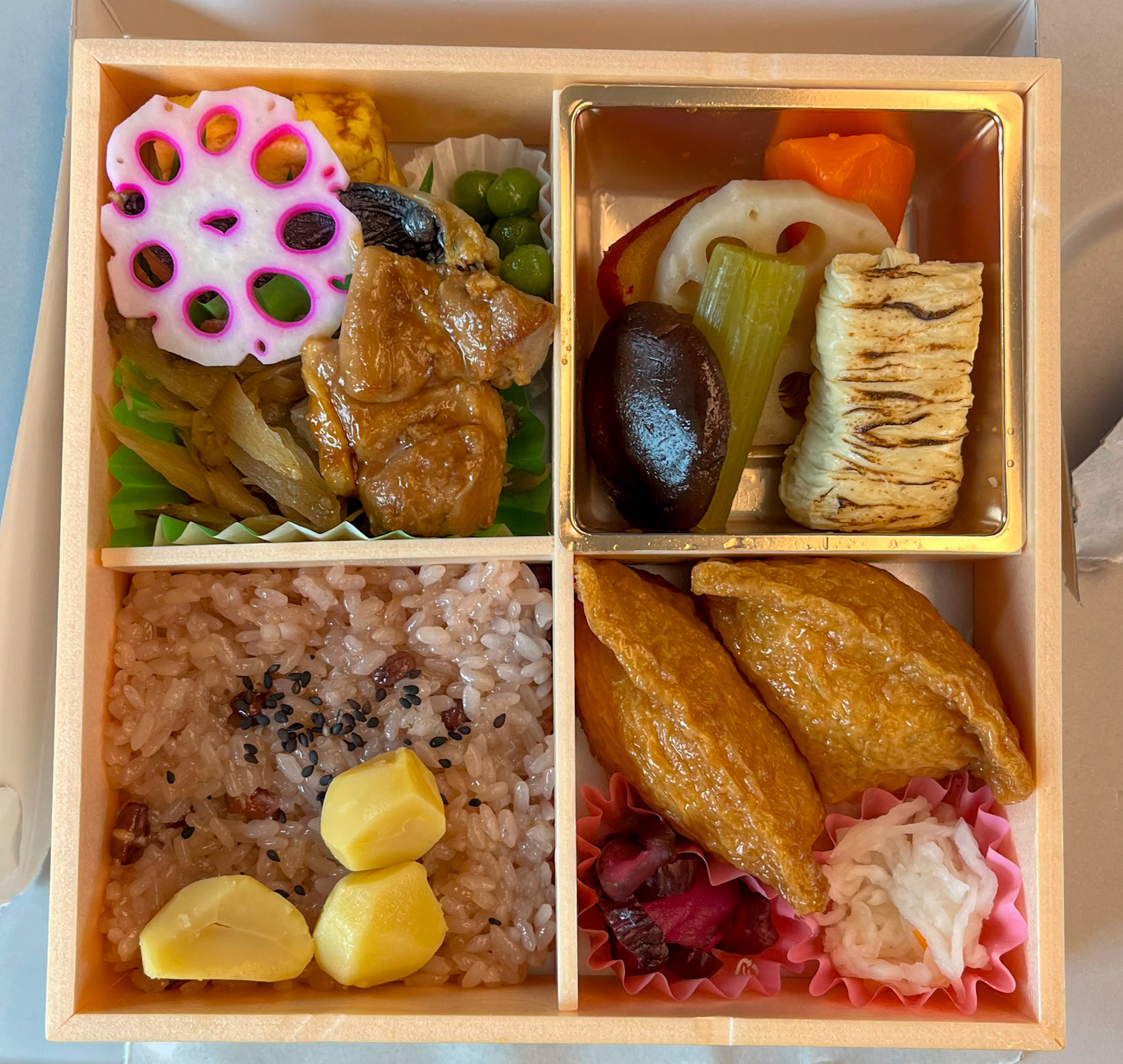
Ekiben

Ekiben
Some Personal Bests
Gardens
Having visited a lot of gardens it's apparent that some are recommended on reputation alone, others are talked up mainly because they happen to be a point of interest in that location, and others are intensely seasonal to be at their best, particularly spring blossom gardens. Of course almost any Japanese garden is worth a visit, but here are some that particularly appealed.
Kenroku-en, Kanazawa
Probably the best, most dramatic, large scale traditional garden
Ritsurin, Takamatsu
This is a 300 year old strolling garden. And as such, it's superbly designed & planted with new points of interest every few steps. Particularly the older southern portion, with it's must see side paths & detours to viewing spots.
Giōji Temple Moss Garden, Arashiyama
A superb small scale garden, without the strict entrance requirements of some Kyoto moss gardens.
Shimizuen Garden, Shibata
Half an hour north of Niigata, this is a relatively small & little visited gem. 350 years old and very sympathetically refurbished in the late 20th century.
Okochi Sanso Garden, Arashiyama
A much more modern creation, built over 50 years by a famous actor, this draws on multiple styles & eras. A bit of something for everyone.
Tōfuku-ji Temple, Kyoto
Relatively famous but well worthwhile.
Shōyō-en Garden, Nikko
A very small delight, with exquisite use of a steep site.
Sengan-en, Kagoshima
Something a bit different, with it's southerly plantings of cycads, and the borrowed scenery of Sakurajima volcano across the bay. The recently rediscovered upper garden, complete with "poetry stream", adds a dimension.
Koishikawa Korakuen Garden, Tokyo
In my opinion probably the best traditional garden in Tokyo. Another that rewards taking the side view paths.
And for a bit of Zen minimalism, Kongōbu-ji Rock Garden, Mount Koya, and Minamikan Ryokan, Matsue.
Adachi Museum of Art Garden, near Matsue
A bit torn about including this one in the 'bests'. A modern version of a traditional Japanese garden, it is regularly in 'best of' lists for it's appearance. But it's not a garden you can enter - you're restricted to viewing it from the buildings & occasional verandah, So it's a one dimensional garden - very attractive, but with a fixed view rather than an immersive experience, which somehow diminishes the point of a garden. On the other hand, anyone who buys a hill on the other side of a main road just to install an artificial waterfall as "borrowed scenery" can't have their ambition discounted.
Other Gardens
Gardens are nothing without plants, and for plant nuts two places have stood out, both for their range of plantings, and/or for their plant labeling.
The Kochi Prefectural Makino Botanical Garden, Kochi
A very very extensive Botanic garden, right up there with the best I've visited worldwide.
Onioshidashi Volcanic Park in Jōshinetsu Highlands National Park.
Outside of Karuizawa, this was an unexpected treat for its walking paths through lava fields with a multitude of well labeled endemic plants.
Somewhat overrated gardens
For context, I suppose I should mention some gardens which I found overrated. Not to say they were bad, and certainly if you visited at the brief perfect time of year- when they were blossom filled, or the autumn leaves were at their best - they might go up in my estimation. And if you were in the vicinity with time to spare then visit. But I wouldn't construct an itinerary around them, unlike those in the first list.
Korakuen, Okayama
Traditionally regarded as one of Japan's 3 Great Gardens ( or 4 if you count Ritsurin as well as Kenroku-en & Kairaku-en Garden in Mito), this was a bit of a disappointment. It's expansive enough, and all the bits are there, but somehow it fails to come together as a great garden. There's a whiff of the 'more money than taste' about it, similar to some of the expansive but boring English country gardens.
Suizenji Jojuen Garden, Kumamoto
Another historic garden, in the strolling style, it is supposedly based on reconstructing famous views between Tokyo & Kyoto, including a mini Mt Fuji. Unfortunately, as a stroll garden it doesn't really work - there are a couple of nice vistas, but the plantings and landscaping are quite one dimensional. Possible different when the back section is alive with autumn colour, or in cherry blossom season.
Mifuneyama Rakuen, Kyushu
I've listed this one as a classic example of seasonality. With an interesting very hilly layout, and some spectacular borrowed scenery it would be wonderful when the hundreds of azaleas are flowering in spring, or when the autumn foliage is at it's best.
Shinjuku Gyoen, TokyoNot sure why this makes anyone's best lists. Maybe because it's a large green space in Tokyo. Think of it as a standard large European city garden, with bonus cherry blossoms in season. Certainly nothing particularly Japanese or distinctive about it.


